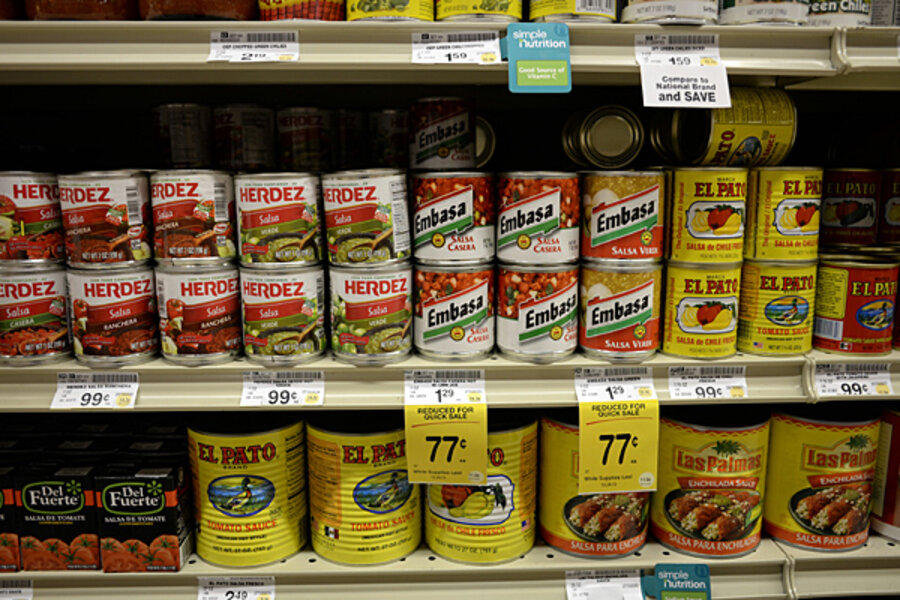Making the right 'spur of the moment' purchase
Many times in the past, I’ve talked about my process for figuring out a major purchase. I’ll consult Consumer Reports, I’ll talk to my social circle, and I’ll usually end up buying with reliability as a primary factor.
This process really helps for anything that’s expensive, because the time you invest in figuring out the right purchase, but what about a spur of the moment purchase?
For example, what do you do when you stroll into a grocery store with a grocery list that your wife assembled? One of the items is “tortilla chips,” but when you go down the chip aisle, you find that there are thirty types of chips. Ideally, you want to pick the one that offers the best “bang for the buck” for you, but how do you figure it out?
This is a problem that I’ve thought about quite a lot because, frankly, it comes up fairly often. I’ll go to the store with an item in mind that I want to purchase, but when I finally reach that item, I’ll find two or six or twenty different versions of the item. Knowing how to make the best choice in that situation saves you a little money and probably a little time, too, but if you can make the best “bang for your buck” choice over and over again, you’ll end up saving a lot of time and a lot of money.
You might think that buying things like laundry detergent and tortilla chips and body wash might have completely different processes for figuring this out, but I’ve found that they really do not. I end up using the same two steps in this situation each and every time I face it, regardless of the product.
Here’s how I approach it.
If I’m unfamiliar with the item in question, I just buy the generic version.
Why? If I don’t know anything about the product, I can – at best – name only a thing or two that would define a “good” version of this product. I simply don’t know.
Take the tortilla chips. I’ve eaten tortilla chips before, but I can’t necessarily stand there and articulate what makes a good chip versus a bad one other than something like “stale is bad.” In that situation, I just grab the generic.
The generic version is usually the one with the lowest cost. It usually succeeds at that bare minimum standard you have in your head for a product you’re unfamiliar with.
If I can state a specific thing or two that I want from the product, I look for ones that mention that feature and has a customer service number.
The logic here is simple. If a product talks about having a specific feature, then the product is pretty likely to have that feature. If it does not, you want some form of recourse, so the customer service number provides that.
This usually provides a small handful of products, so what I usually do is start from the lowest cost version of the item and work upwards. The first one I find that has these two things is the one I go home with.
This “two-step” basically covers every product I run across when buying groceries or household products. I end up with a workable version of the item without paying too much and if I wind up with something terrible that didn’t meet my expectations, I have recourse – that customer service number, which often delivers coupons that I can use on some other product the company makes.
Now, this is just the start of the buying process. I usually judge the product once I have it at home. Does it do the job well? Am I noticing elements of the product that actually matter to me?
Often, I’ll figure out a thing or two I would want in a product if I were to buy it again, and I’ll usually jot these down in Evernote, not because I refer to it too often, but because writing it down gets it out of my head. Sometimes, I’ll check Evernote when I’m buying an unfamiliar product because I might simply not be remembering it.
A final note: the brand name doesn’t matter beyond helping you find a product on a shelf. The contents of the container aren’t automatically better because of the name on the outside of it. I only use brand names if I know one that works really well and consistently has a good price.
The post Quickly Figuring Out the “Best” Option When Buying a Small Item appeared first on The Simple Dollar.







